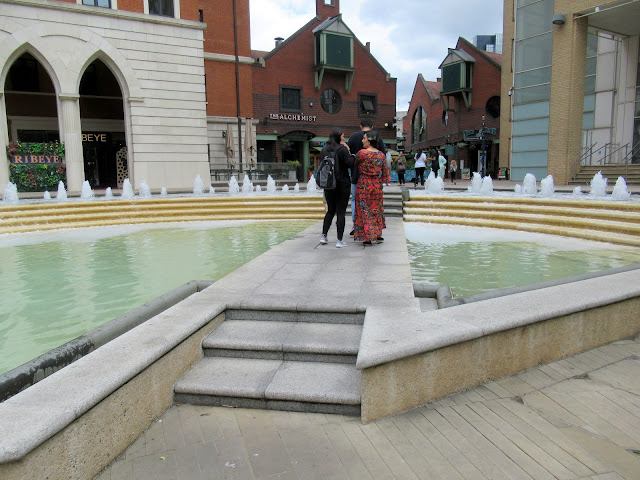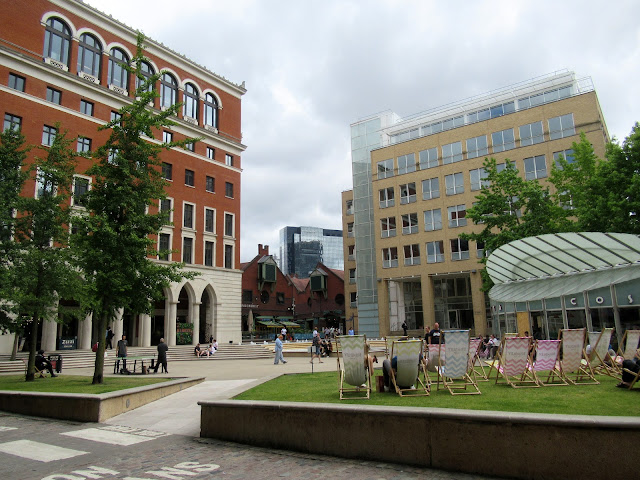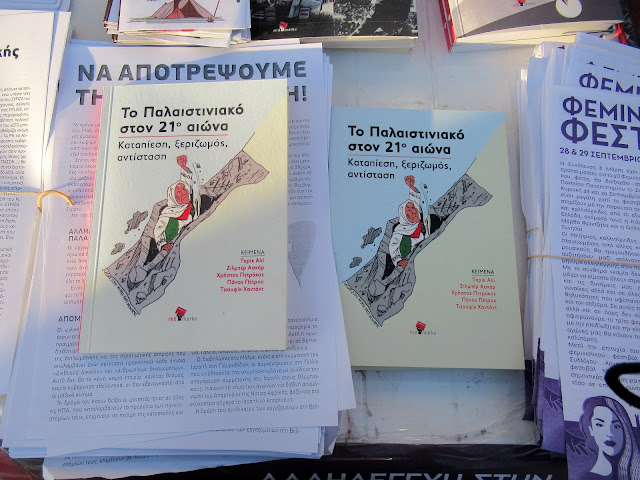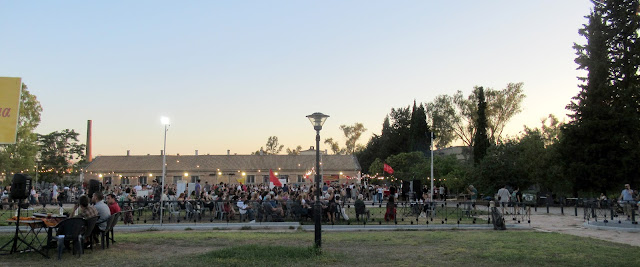Last week we went to the anti-racist festival in Athens. It takes place every year in the park in Goudi and this was our third time.
We went early because we wanted to take a good look at the stalls. The park is extensive, and is overlooked by the Hymettus mountain range.
Even though we were really early, there were already lots of meetings and speeches going on in various parts of the park.
We began going round all the stalls,
Always interesting seeing what the Greek left are reading: Workers' resistance in Greece, Ernesto Che Guevara, Malcolm X
No need for translation here
Mandela, Che and Fidel Castro
Karl Marx and F. Dostoyevsky
Rosa Luxemburg and Friedrich Engels on the Origin of the Family, Private Property and the State
On this stall all of the works of Louis Althusser - even some that I had not heard of - but nothing by Nikos Poulantzas!
Lots of banners, of course
Some more fiction: Orwell and Brecht
Mikhail Bakunin and Pasolini
Judith Butler and Jacques Lacan
Katerina Gogou, the anarchist poet from Exarcheia who left this life far too early
There seemed to be a lot of groups organising summer camping, this one to raise money for Palestine
Black Lives Matter and black liberation
On the coup in Chile, plus Antonio Gramsci
This group offer free Greek and English lessons to immigrants and refugees
 They are based in Exarchia
They are based in Exarchia
Mainly Leon Trotsky on this stall
The Palestinian flag everywhere
4th International stall: all of Ernest Mandel's works
Community Surgeries' Network: a lot of these sprang up 10 years ago during the economic crisis, and they are still going on

badges
Palestine
This is the group who have been organising the Saturday vigils for Palestine in Syntagma square
trying to raise money to buy an ambulance and medical supplies for Palestine
So much about Palestine - as one would expect
Recognise the Palestinian State now
Free Palestine
Freedom for Palestine
Advertising the Feminist Festival that is going to take place in September
I have neutral to indifferent feelings about tattoos, but I liked this one and asked if I could photograph it
Frieda Kahlo and Smash Patriarchy and what looks like it could be a Banksy
Feminist writers' association
and their latest publication
against homophobia
Dusk was settling and everywhere, all around the park, small or large groups in workshops or listening to speeches
We then had a look at some of the other stalls
It was time to eat and we were truly spoilt for choice: so much to choose from, from so many different countries
Zimbabwe: rice with chicken curry or a vegan option of various beans, corn and nuts
The Kurds from Turkey were offering a type of kofte
Couscous with chicken and veg from Tunisia
Vegetable Wat from Ethiopia
Kofte Poluo from Afghanistan
A vegetable curry, or a chicken a veg dish from the Congo
Kofte from Kurdistan
Chicken with rice or Akara (a falafel made of black-eyed beans with veg and rice) from Nigeria
Quinoa with vegetables from South Sudan
Falafels made out of lentils with pita bread, veg and tahini from Sudan
in the background you could see people rolling out the pitta breads
Spring rolls and noodles from the Philippines
and a whole bunch of people making them
The Greek taverna had quite an extensive menu
and here's the souvlaki preparation station.
At this point I stopped taking photos. We got ourselves some food and a bottle of wine, sat down and enjoyed our meal. We then had a pudding each.
We stayed for another three hours, mainly listening to the bands but we also wandered around. We had such a good time. As the evening progressed more and more people kept arriving so that by the time we left the whole place was buzzing - there were so many people enjoying themselves. A wonderful five hours.




































































































































